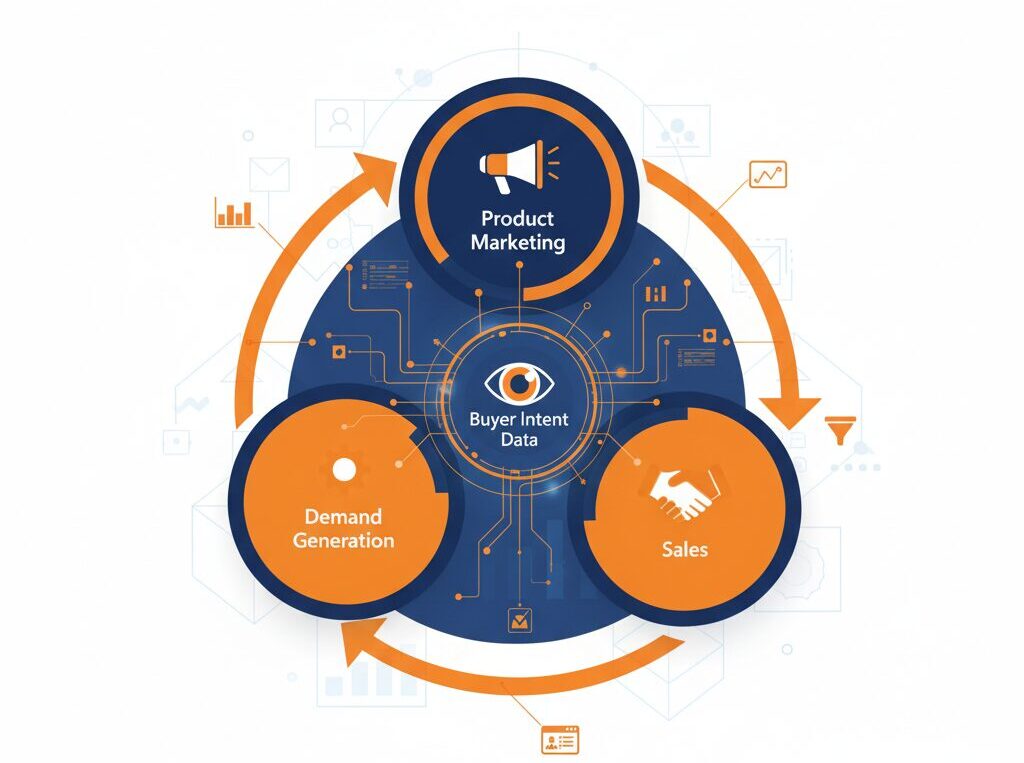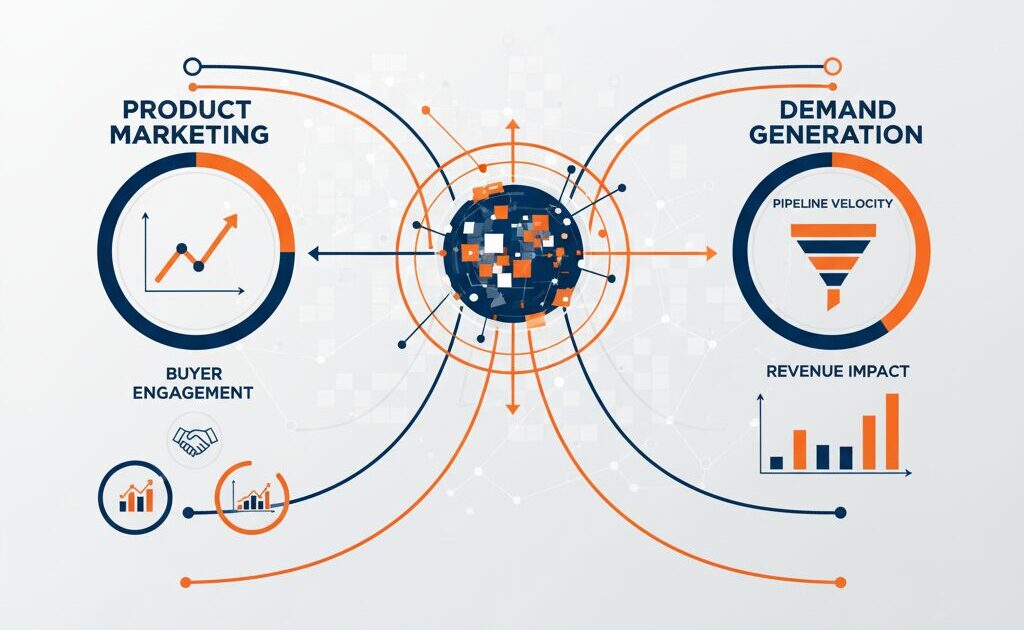
The Convergence of Product Marketing and Demand Gen: Driving Revenue Through Buyer Intent
- Last updated on: November 3, 2025
Introduction
B2B marketing faces a critical turning point in 2025. Product marketing and demand generation can no longer operate as parallel lanes; they’re merging into one growth engine powered by real-time intent. As buying cycles stretch and buyer behavior becomes more unpredictable, this convergence isn’t just a trend; it’s a strategic shift. Product Marketing in B2B now extends far beyond positioning or launch decks; it’s about interpreting buyer intent signals and turning them into stories that move revenue. The future belongs to teams that connect insight with activation, creating go-to-market systems that react to what buyers are doing right now, not last quarter.
The Evolution: From Product Messaging to Buyer Understanding
The past few years have reshaped how B2B companies think about marketing alignment. Product marketers used to focus on internal narratives, what the product does, and why it’s unique. But in 2025, the focus has shifted to why the buyer cares. According to our Intent Market Research, just 11% of B2B marketers claim to be fully aligned with sales, but 75% of high-performing teams claim that alignment accelerates transaction velocity. That is a correlation rather than a coincidence.
This change also mirrors how buyers behave. NetLine’s 2025 State of B2B Content Report found a 15% increase in mid-term intent signals (3 to 6 months before purchase). Buyers are showing intent earlier, which means product marketing needs to provide the context, and demand gen needs to activate it, together. And that’s why it matters: understanding buyer behavior isn’t enough anymore; acting on it in real time is what creates competitive advantage.
The New Alignment Framework
| Function | Then (Pre-2025) | Now (2026 and Beyond) |
| Product Marketing | Focused on messaging, positioning, and product launches | Uses buyer intent data to shape go-to-market narratives and prioritize segments |
| Demand Generation | Ran campaigns for lead volume | Targets in-market accounts based on behavioral intent and content interaction |
| Sales Enablement | Acted after marketing handoff | Collaborates earlier to refine messaging based on live buyer insights |
This shift reflects how product marketing strategy and demand generation alignment now fuel each other. Intent data isn’t a side asset; it’s the common language connecting brand, content, and revenue.
Buyer Intent as the Bridge
The buyer intent data tools market is projected to reach $141.6 billion in 2025, growing at nearly 12% CAGR (Global Growth Insights). But tools alone don’t close deals; alignment does. While product marketing teams utilize this data to create more focused narratives about advantages and problems, demand generation uses it to run highly targeted advertisements that nurture those particular clients.
Practically speaking, product marketing knows what customers want, and demand generation uses omnichannel campaigns, email, social media, webinars, and targeted ads to amplify this story. When these functions share dashboards and feedback loops, intent signals turn into motion. It’s not about more leads, it’s about the right ones.
The Future of Collaboration: From Data to Decisions
By 2025, the new competitive edge lies in how well teams can transform intent into decisions. According to MarTech.org’s 2025 survey, 69% of marketers now prioritize “delivered insights or done-for-you services” over simply adding new technology. This proves that the value isn’t in data collection, it’s in interpretation and action.
The future of Product Marketing in B2B is rooted in agility. Product marketers will soon function as data translators, turning buyer intent into messaging strategies that evolve weekly, not quarterly. Demand generation will serve as the engine that continuously validates and scales those insights. This feedback loop ensures that both functions move at the speed of the buyer, not the speed of internal reporting.
Conclusion
A new phase in B2B growth has begun with the confluence of demand generation and product marketing. The key differentiation will be how quickly teams match insight with execution as intent data becomes the foundation of every marketing decision. In B2B, product marketing will develop into a dynamic field that combines storytelling, strategy, and analysis. It will collaborate with demand generation to turn consumer curiosity into steady income. Businesses that adopt this strategy in 2025 and beyond will influence demand rather than merely respond to it.
FAQs
- Why is the convergence of product marketing and demand gen important in 2025?
Because alignment turns data into direction. Teams that share buyer insights close deals faster and improve pipeline accuracy.
- How does buyer intent reshape product marketing strategy?
It helps marketers understand what buyers want now, not what they wanted six months ago, making messaging and positioning more timely and precise.
- What technologies drive this convergence?
Platforms that combine intent analytics, content engagement, and CRM data, giving both product and demand teams a shared view of buyer readiness.
- How can teams start aligning around demand generation goals?
Create shared dashboards, hold weekly syncs between product and demand teams, and use common KPIs tied to engagement quality and revenue impact.
- What’s next for Product Marketing in B2B?
Expect a hybrid role that blends content intelligence, buyer psychology, and predictive analytics, driving not just awareness but continuous demand.





